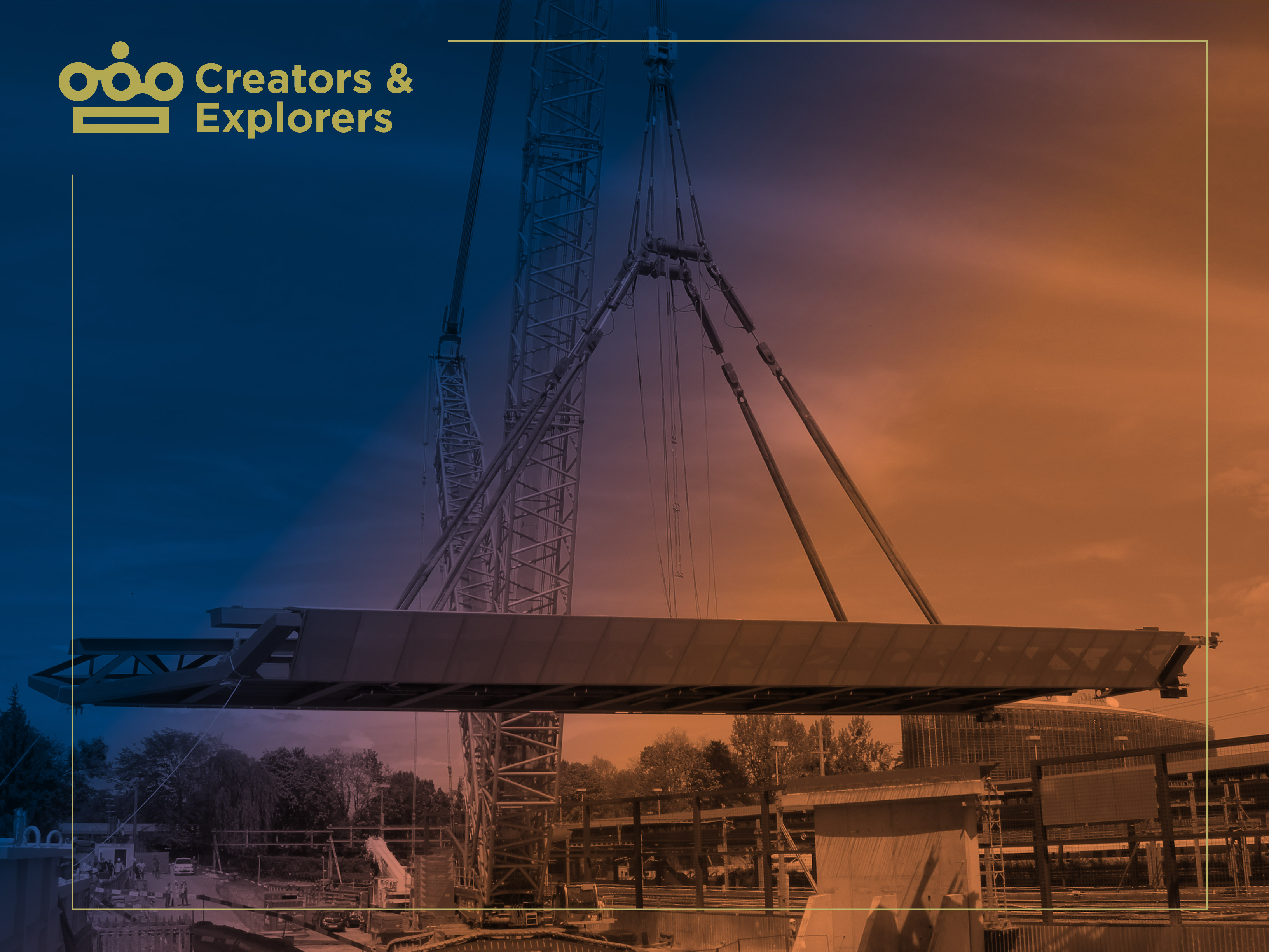
Nicknamed the “Sarens Spider,” our in-house designed SarSpin system enables safe, controlled, and precise lifting and positioning, especially when increased accuracy is vital. But don’t let the name mislead you: unlike an actual spider, the SarSpin is a set of hydraulic cylinders with four legs, not eight! This special equipment can handle loads weighing up to 220 tonnes, giving our operators precise control of individual sling loads and stroke adjustments.
Sarens operators use a central computer to control the SarSpin system, constantly monitoring tension and stroke in each cylinder for precise lifting and positioning. In this way, they guide tensioning and load distribution at all lift points, minimising deformation to a client’s load. SarSpin enables them to compensate for load deflections, level out a load, and optimise load distribution.
A SarSpin setup of three or four hydraulic cylinders can not only be used to control the level of a load, but the position of its outer corners, which is useful during operations like bridge installations. On the other hand, a setup of multiple SarSpin cylinders mounted vertically at each lifting point can be used for load and deflection control of larger loads with multiple lifting points.
SarSpin are often combined with a customised spreader system to control and equalise the tackle or lifting frame at every lifting point. While they were originally designed to replace spreaders, on most occasions small spreaders are still used to prevent the SarSpin systems from bumping into each other while without a load.
SarSpin takes its place among a robust fleet of Sarens equipment developed for a world where no lift is too heavy or too high. While we could still achieve a lot without the innovative SarSpin system, its use has proven indispensible for many projects. If it weren’t for SarSpin, for instance, deflection control of lighter loads could still be achieved with chain blocks, but these don’t have the advantage of a load and stroke readout. Strandjacks could also be used, but they have a larger stroke and require much more preparation and maintenance.
Meanwhile, controlling a load using a single crane and the SarSpin system offers a valuable advantage: avoiding the use of two cranes for a tandem lift, which in turn reduces costs and increases safety. SarSpin can also replace a typical spreader combination to achieve a lower rigging height. The equalising function of the spreaders, in that case, is replaced by the SarSpin’s load control.
Our SarSpin systems have been used on numerous notable projects over the years, including the Hinkley Point C nuclear site in the UK. There, six 200-tonne capacity SarSpin, combined with the SGC-250 crane, were used to equalise tackle weighing 700 tonnes. An earlier project in Tengiz, Kazakhstan in 2019 also featured an impressive configuration of SarSpin: for that, we lifted a 1.600-tonne capacity frame using twelve 200-tonne and 22 150-tonne SarSpin combined with the Sarens SGC-140 crane.
With the SarSpin and other custom-designed equipment, Sarens has proven time and again to be an innovator in the heavy lifting industry. Our equipment helps clients make great things happen, no matter how complex, heavy, or high.